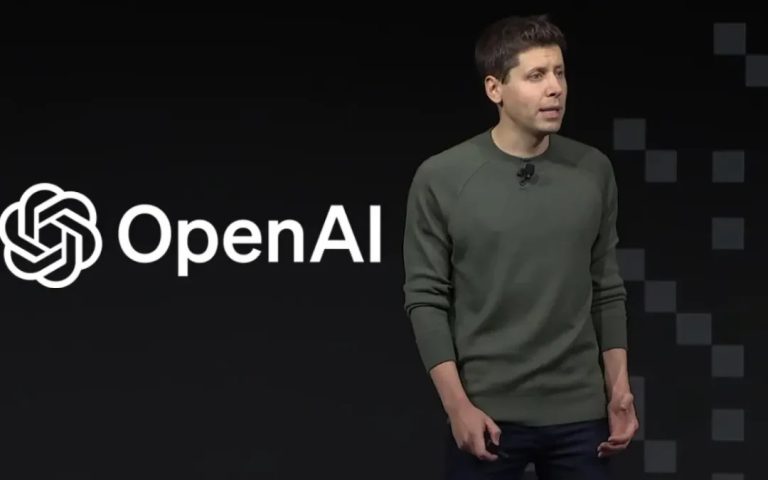
OpenAI has reached a staggering $10 billion in annual recurring revenue (ARR), marking one of the fastest growth trajectories ever recorded by a U.S. tech company.
The milestone, achieved less than three years after the launch of its breakout product ChatGPT, signals not just surging demand for generative artificial intelligence, but also a critical turning point in OpenAI’s evolution from a research-focused startup to a full-blown commercial powerhouse.
The company’s ARR now includes revenue from its consumer-facing ChatGPT app, business-grade ChatGPT Enterprise tools, and usage of its application programming interface (API), which powers AI features in third-party apps and platforms. However, the figure does not include licensing revenue from Microsoft or one-time enterprise contracts, according to a spokesperson. That means the $10 billion estimate captures only recurring revenue — the kind investors value most — from OpenAI’s core commercial operations.
Register for Tekedia Mini-MBA edition 19 (Feb 9 – May 2, 2026): big discounts for early bird.
Tekedia AI in Business Masterclass opens registrations.
Join Tekedia Capital Syndicate and co-invest in great global startups.
Register for Tekedia AI Lab: From Technical Design to Deployment (next edition begins Jan 24 2026).
The jump in revenue from $5.5 billion in 2023 to $10 billion in mid-2024 reflects a significant acceleration in the company’s monetization efforts, and it’s helping to quiet growing concerns from backers about whether OpenAI’s products could ever become sustainably profitable. OpenAI reportedly burned through around $5 billion last year, prompting questions about the sustainability of its business model given the enormous infrastructure costs involved in training and serving its large language models.
Now, however, that narrative is beginning to shift. The revenue surge offers a clearer path to profitability and comes at a time when OpenAI’s valuation has ballooned to $300 billion — a figure that investors are betting will yield massive returns if the company can maintain its momentum. OpenAI’s current valuation translates to 30 times its annual revenue, a premium investors appear willing to pay given the belief that the company will be foundational to future software, productivity, and search tools globally.
Microsoft, OpenAI’s largest investor and strategic partner, has so far poured over $13 billion into the company, including a mix of equity investment and cloud infrastructure support. Much of OpenAI’s model training and inference is run on Microsoft’s Azure platform, further entrenching the two companies. The rapid uptick in OpenAI’s revenue — and growing adoption of its business products — is a positive signal for Microsoft, which has been under increasing pressure to justify its enormous investment.
Sources familiar with the matter say Microsoft is now beginning to see signs of return on investment through its ability to embed OpenAI’s models into Microsoft 365, Azure, and other enterprise software tools — an arrangement that not only improves its offerings but helps generate new enterprise customers. In effect, Microsoft is monetizing OpenAI twice: once as an investor and again as a reseller of its capabilities.
The broader adoption of OpenAI tools across industries has also been accelerating. As of March, OpenAI reported 500 million weekly active users, driven by continued interest in ChatGPT and its integrations across devices and platforms. The company also confirmed it now has over three million paying business users, up from two million in February — reflecting its expanding presence in enterprise environments, where firms are seeking AI-powered productivity gains.
Even more ambitious is OpenAI’s long-term revenue goal: $125 billion by 2029, according to internal targets cited by The Information. That would place the AI firm in the same revenue tier as tech titans like Amazon Web Services or Apple’s services division — an extraordinary goal for a company that was largely unknown outside academic and tech circles just a few years ago.
But to get there, OpenAI must navigate mounting challenges. Rivals like Google DeepMind, Anthropic, Meta, and Mistral are racing to build better and cheaper AI models. At the same time, governments across the U.S., Europe, and Asia are drafting regulations to rein in the potential harms of advanced AI systems, which could add compliance burdens and slow down deployment.
However, few companies have managed to turn hype into recurring revenue as quickly and forcefully as OpenAI. The company’s transformation from a nonprofit AI lab to a commercial juggernaut has not been without criticism, but it has undeniably changed the technology industry.
With revenue climbing, enterprise adoption spreading, and investor confidence returning, OpenAI is believed to be in a stronger position now than ever to chart the future of artificial intelligence — and to make good on the massive bets its backers have placed.



